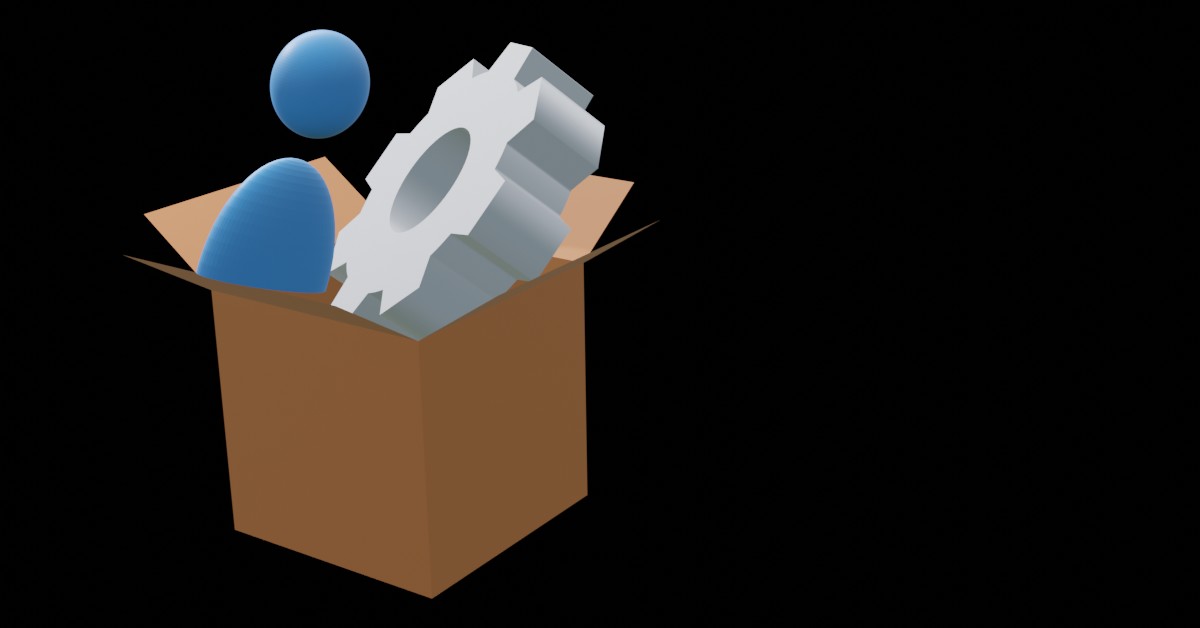Not too long ago, we ran into an issue where none of the Fluid portal menu items were showing up in the menu. If I entered the URL in the browser for a Fluid component, it would show and work like normal. But, any content reference for a Fluid component wouldn’t show up. We could see them in Structure and Content, but not in the actual menu.
Author: skp
PeopleSoft Generated URLs Go To the Wrong Instance
Story time. I built a process that would load people. If there was an error loading a person, it would send an email. Because I would have no way of knowing what might have been written to the log (SSN, birthday, etc.), I decided to just include a link to the screen where a user could review and fix the error. Everything worked great.
The problem was that in certain environments, that URL went to production. It should have gone to the test environment where we were validating the new development.
What was the fix? Here are my notes…
PeopleCode to Add to Every Fluid Page
I find myself adding these same lines of code in the PreBuild of every fluid component. (As Jim Marion would say, there’s no such thing as a Fluid page, and I would get in trouble for my title.) Normally, I would open another component and copy and paste, but when I move to a new client, that becomes problematic. So, here’s the code for easy copying…
SSL Certificate for Browser
This message gets annoying working with PUM images. The browser complains about the SSL certificate even though it’s just a temporary one and you’re not working on production or sensitive data.

So, I worked through telling my browser to trust the certificate. Here are my notes…
Setting up CS PUM #28
It’s time to play with Campus. I set up a PUM image to use as a sandbox for experiments and playing around. So, here are my notes on some of the different things that I did to get it running.
Finding Integration Broker Keystore Password
I ran into an issue where I couldn’t figure out the keystore password. I thought for sure that the PUM configuration script asked me for a password. Apparently, it didn’t. Here’s how I figured out.
Fluid Grids
What better way is there to learn than to learn by example. I wanted to find some example of different types of Fluid grids. So, here’s my exploration to find some grids that PeopleSoft built and delivers in the HCM PUM.
App Designer on Ubuntu 20.04
It’s been a while since my last notes on installing App Designer. Here’s my notes one more time on my new laptop with Ubuntu 20.04.
Adding a Tablespace to a PUM
Somehow I misplaced or mistyped the SYS password on the last PUM install that I did. I learned a few things as a result…
Oracle is using Container Database technology. It made things a little challenging.
I should have been able to connect with:
sqlplus SYS@HR92U092 as sysdba
Inspecting the environment, it looks like the database name is CDHCM.
[oracle2@ps ~]$ ps -ef | grep pmon oracle2 3691 1 0 Sep26 ? 00:00:40 ora_pmon_CDBHCM oracle2 32310 23161 0 01:35 pts/0 00:00:00 grep pmon [oracle2@ps ~]$ cat /proc/3691/environ | xargs -0 -n1 | grep ORACLE ORACLE_SID=CDBHCM ORACLE_HOME=/opt/oracle/psft/db/oracle-server/12.1.0.2 ORACLE_SPAWNED_PROCESS=1
So, I can log in using OS security:
su - oracle2 export ORACLE_SID=CDBHCM sqlplus / as sysdba
I can see where all of the data files are located at this point:
select file#, name from v$datafile
I can see that all of the data files are located in the directory:
/opt/oracle/psft/db/oradata/HR92U027
At this point, if you create the tablespace, it will go into the root container instead of the PeopleSoft database. If you already did it, you’ll need to delete the tablespace first:
drop tablespace GTCAPP including contents and datafiles;
You can see the list of databases in the root container:
SELECT PDB_ID, PDB_NAME, STATUS, CON_ID FROM CDB_PDBS;
You have to switch over to the PeopleSoft database with an alter session command:
SQL> show con_name; CON_NAME ------------------------------ CDB$ROOT SQL> alter session set container = HR92U027; Session altered. SQL> show con_name; CON_NAME ------------------------------ HR92U027
Here’s the tablespace that I am trying to create:
CREATE TABLESPACE GTCAPP DATAFILE '/opt/oracle/psft/db/oradata/HR92U027/gtcapp.dbf' SIZE 50M DEFAULT STORAGE (INITIAL 64K NEXT 128K MAXEXTENTS 110 PCTINCREASE 0) / ALTER DATABASE DATAFILE '/opt/oracle/psft/db/oradata/HR92U027/gtcapp.dbf' AUTOEXTEND ON NEXT 5M MAXSIZE UNLIMITED;
Now that the tablespace is created from the Oracle Database point of view, I can move on to the PeopleSoft point of view. The tablespace needs to be added on the page: PeopleTools > Utilities > Administration > Tablespace Utilities
Resources
- DB Visit Blog: What’s going on? “Connected to an idle instance”, but database is running.
- Database Administrator’s Guide: Datafiles Data Dictionary Views
- Database Administrator’s Guide: 43 Viewing Information About CDBs and PDBs with SQL*Plus
- Database Administrator’s Guide: Tablespace Data Dictionary Views
- Oracle Base: Multitenant : Manage Tablespaces in a Container Database (CDB) and Pluggable Database (PDB) in Oracle Database 12c Release 1 (12.1)
PeopleCode Evaluate
A question came up today that I have wondered about for a while: how does break and evaluate work in PeopleCode? I think I have been telling it wrong, so I decided to do a little experiment.
Note: This test uses the Unit Test Framework.




